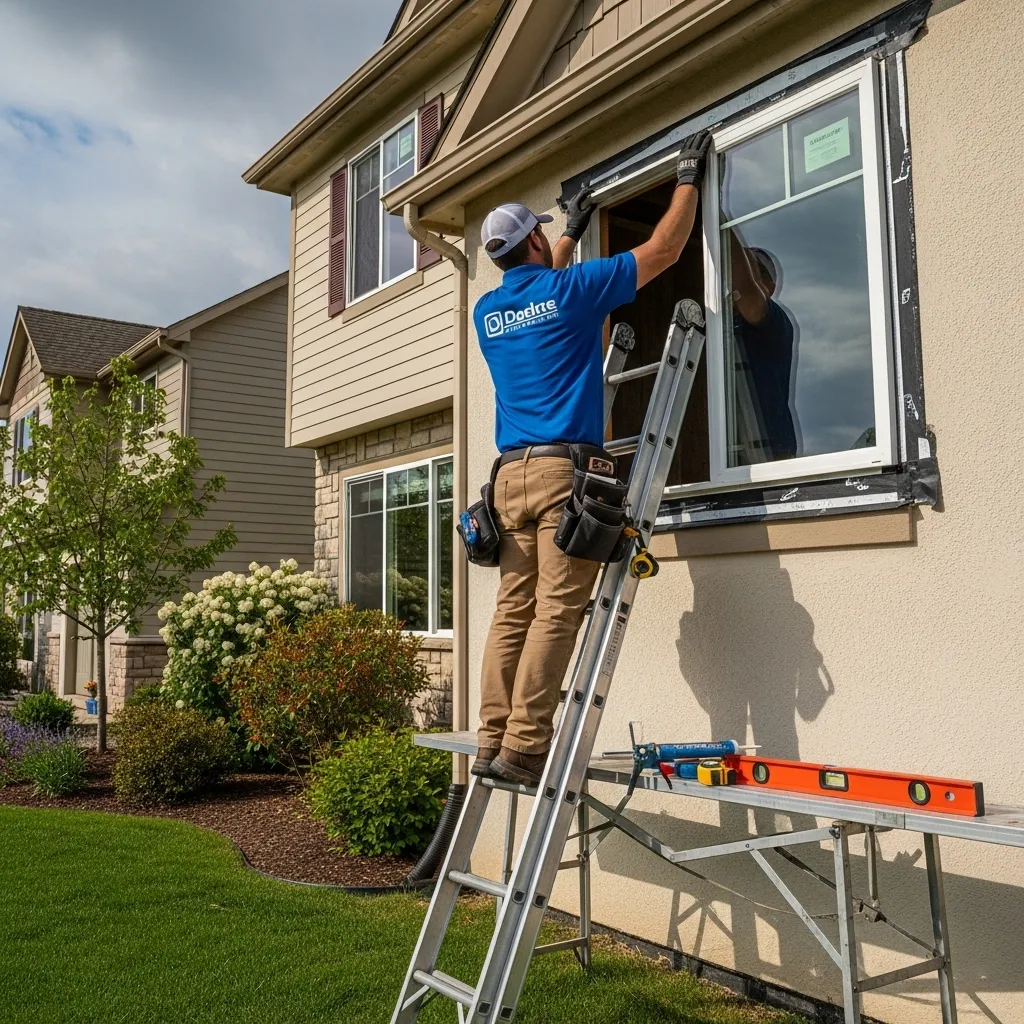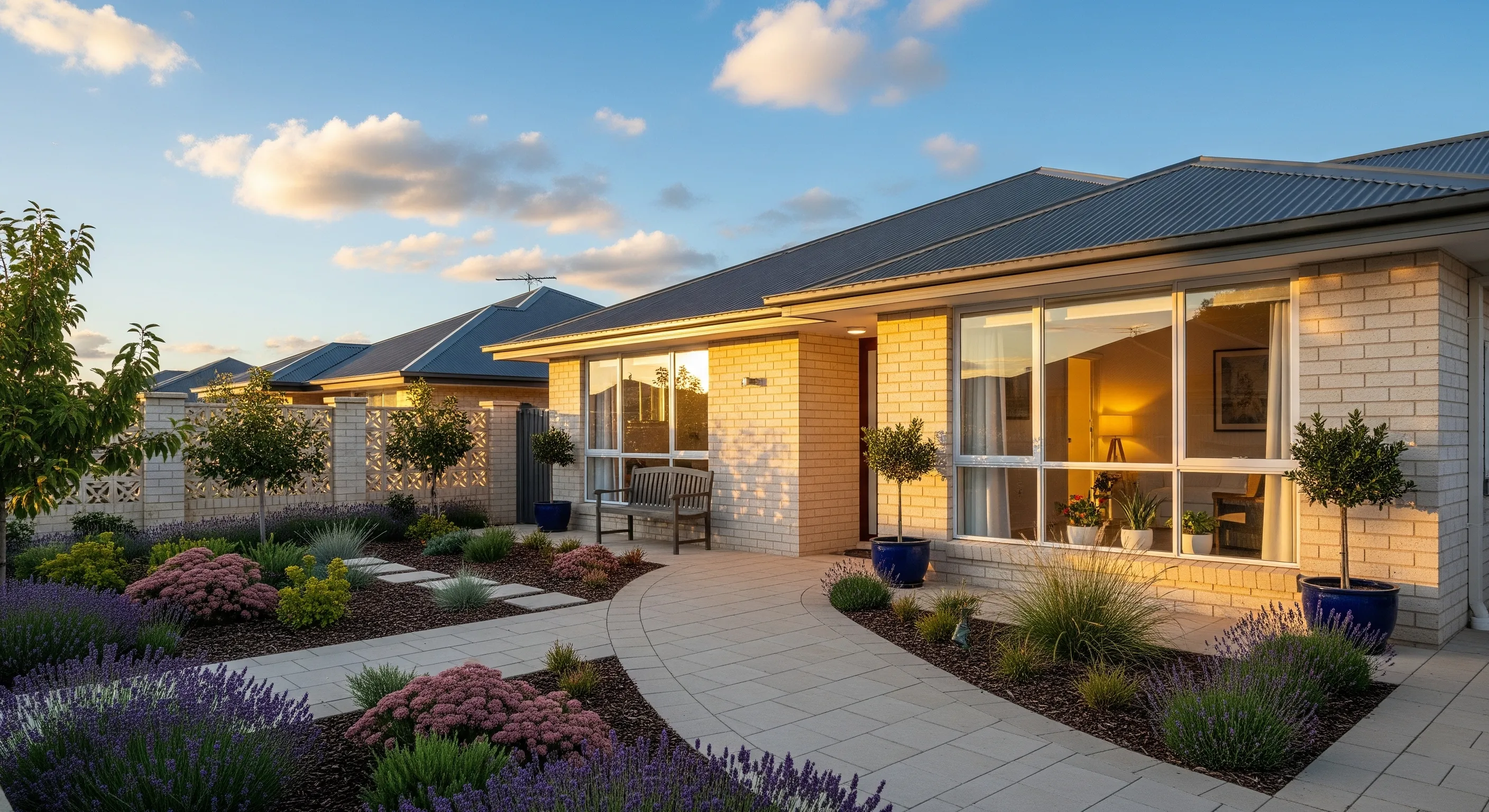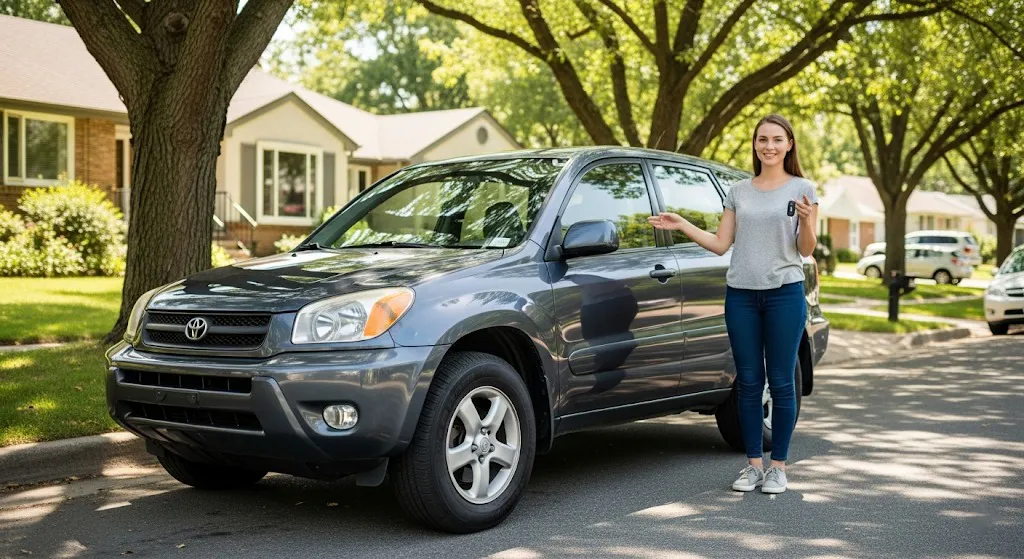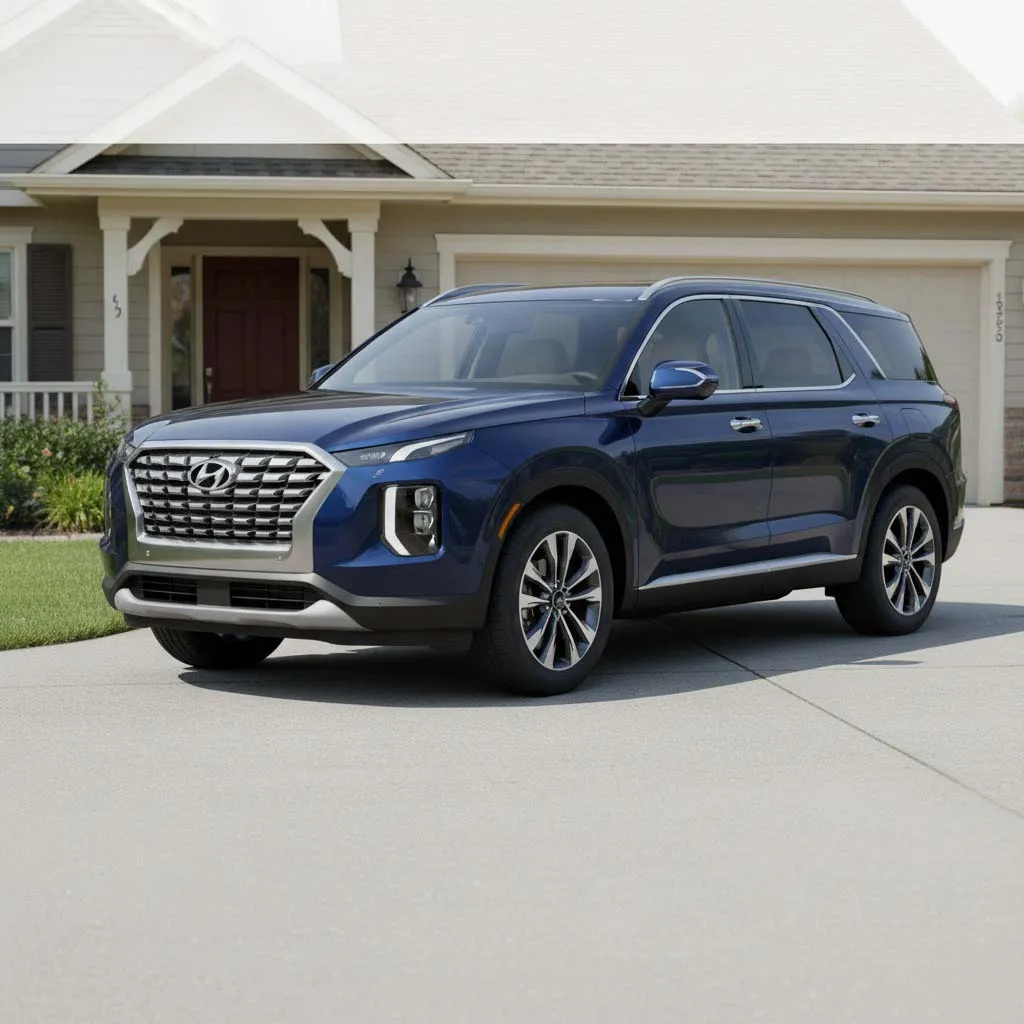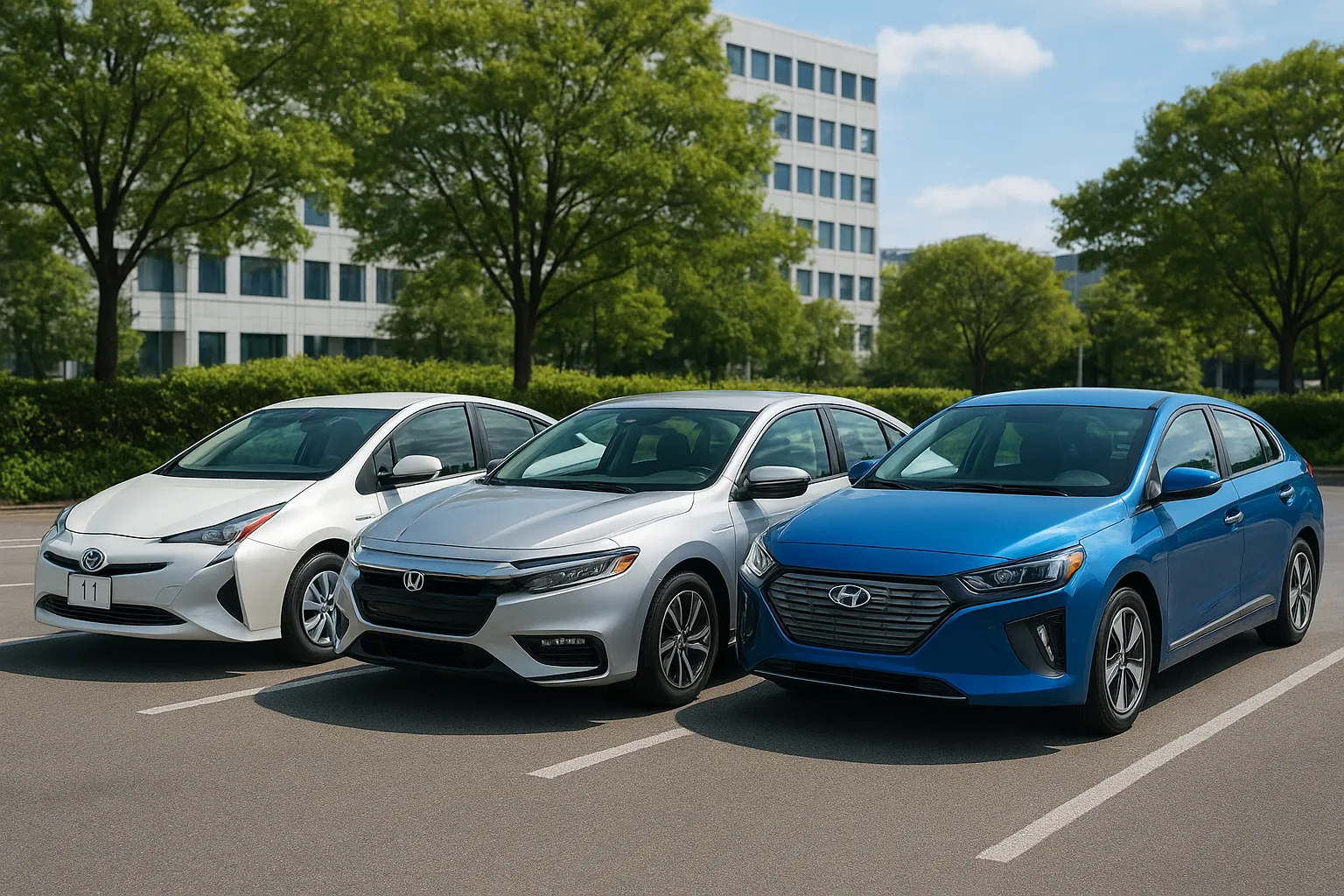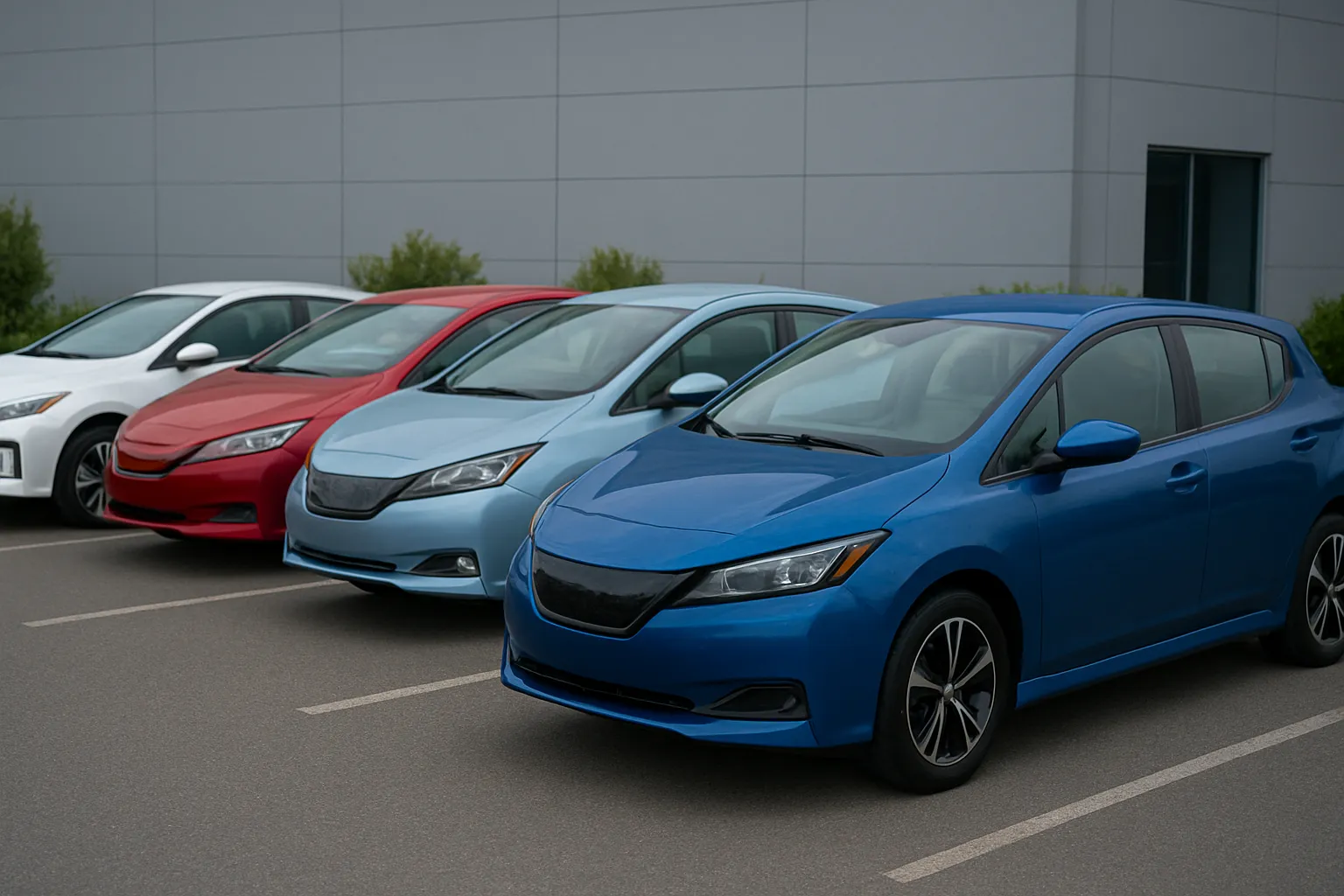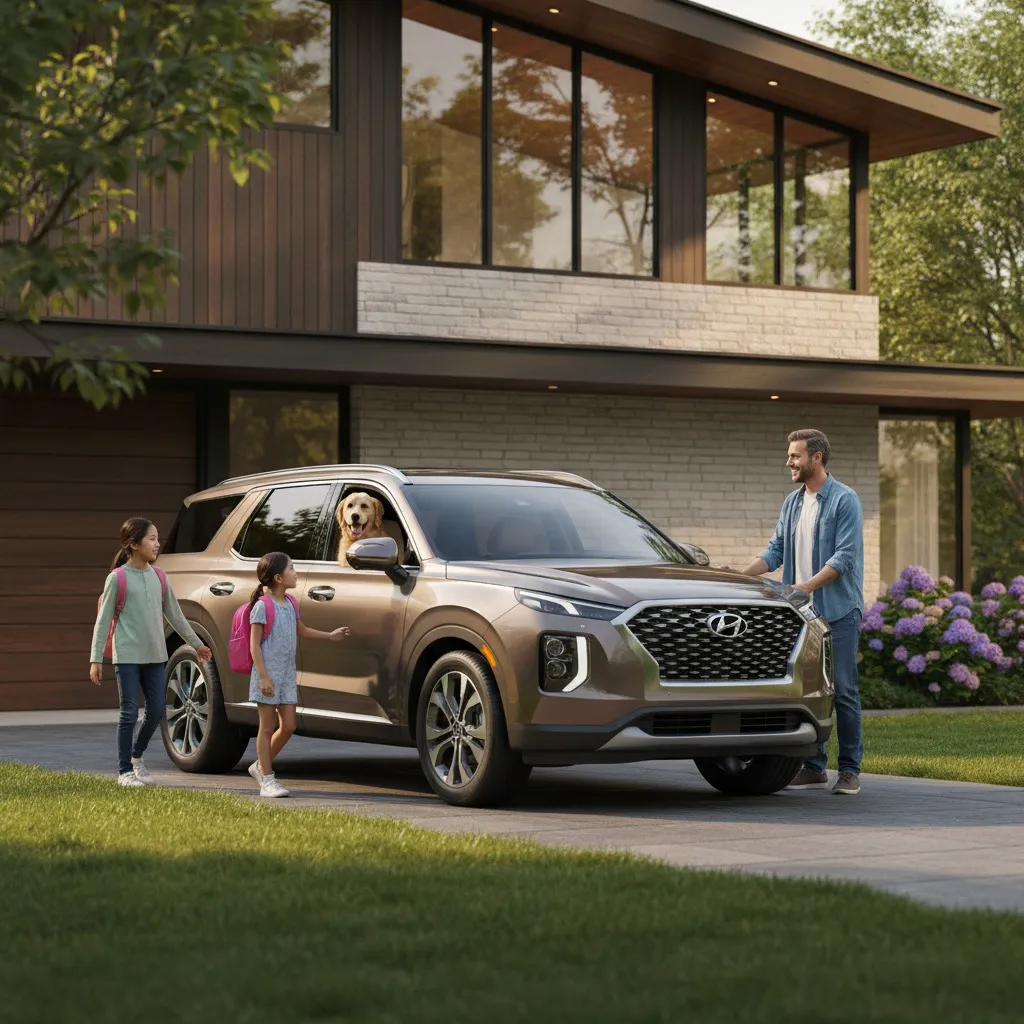Top Houses Most Suitable for the Elderly
As the population ages, designing homes that cater to the needs of the elderly has become increasingly important. Older adults require environments that are safe, accessible, and comfortable while promoting independence and well-being. Choosing the right home is not just about aesthetics; it involves careful planning and consideration of physical limitations, health concerns, and lifestyle preferences. This article explores the top houses most suitable for the elderly, focusing on design features, safety adaptations, and practical considerations.
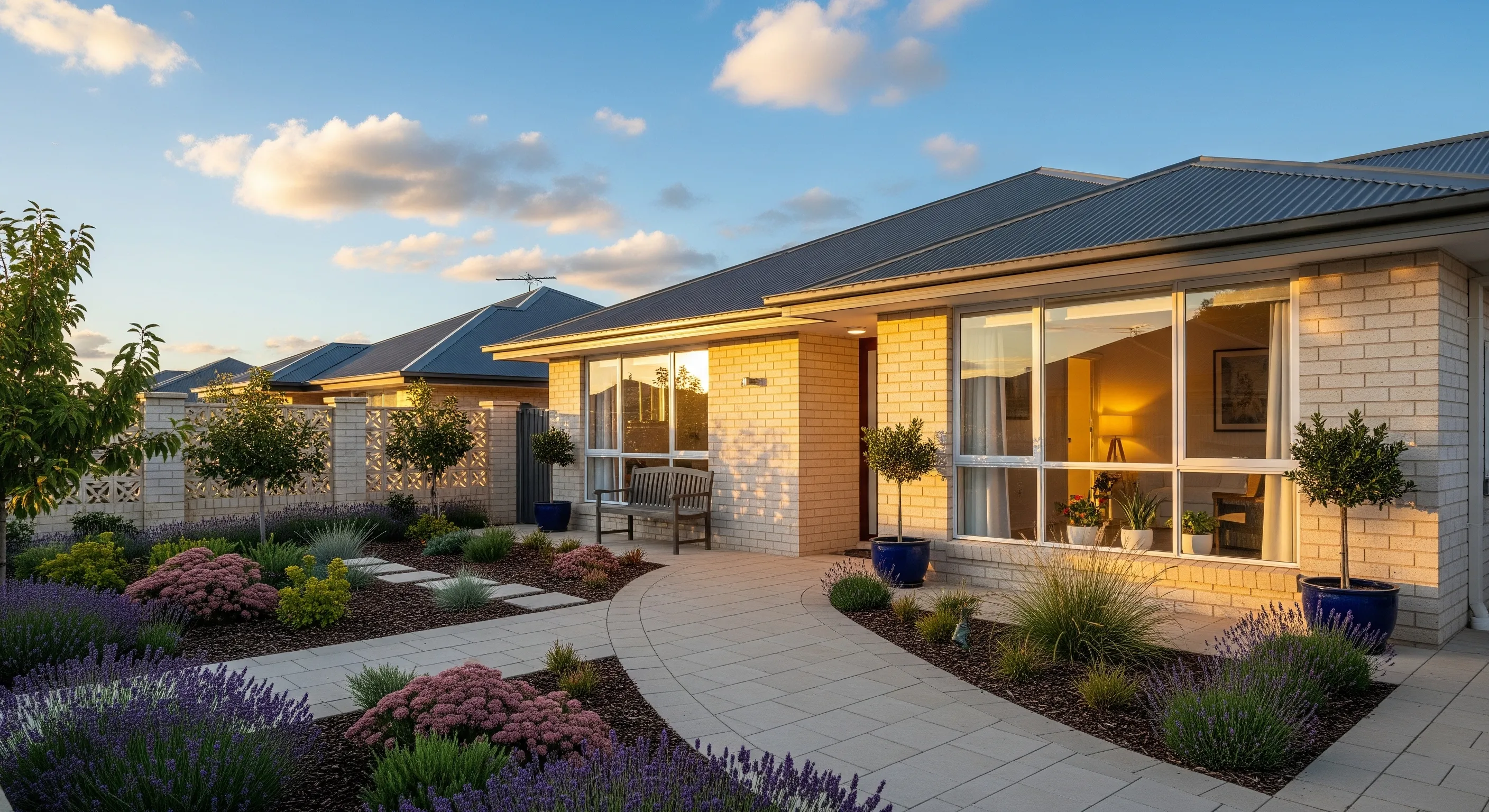
Single-Story Homes – Comfort and Accessibility
Single-story homes are often considered the best choice for elderly residents. They eliminate the need for stairs, reducing the risk of falls and making mobility easier. These homes typically have wider doorways and open floor plans, making it convenient for residents using walkers or wheelchairs.
Another advantage is the ease of emergency access. Emergency responders can reach residents more quickly without navigating stairs. A well-designed single-story home provides comfort and safety, making it a preferred option for aging adults.
Features to Look For in Single-Story Homes:
- Wide hallways for mobility aids
- Non-slip flooring throughout
- Easy-to-reach cabinets and storage spaces
Example:
A ranch-style home with a spacious kitchen and bedroom on the same floor allows elderly residents to move freely without risk.
Assisted Living-Inspired Homes
Homes designed with assisted living principles integrate accessibility and convenience. These houses include features such as grab bars in bathrooms, emergency alert systems, and optimized lighting to prevent accidents.
Assisted living-inspired homes often incorporate social spaces that encourage interaction. This reduces isolation, which is a common issue among elderly residents. Incorporating communal areas can enhance mental health and create a sense of community.
Key Safety Adaptations:
- Handrails along hallways
- Adjustable showerheads and faucets
- Motion-sensor lighting for nighttime safety
Example:
A house with a combined living-dining area, adjacent to a wide patio, encourages social activities while remaining fully accessible.
Homes with Step-Free Entries
Step-free entries are essential for elderly individuals with limited mobility. Avoiding stairs at entrances reduces fall risks and allows easy wheelchair or walker access. This feature can significantly increase safety and independence.
Step-free homes are also more convenient for caregivers who may assist residents with daily tasks. Accessibility without obstacles ensures a stress-free living environment.
Entryway Features:
- Ramps instead of stairs
- Automatic or easy-to-open doors
- Non-slip mats at entrances
Example:
A house with a front porch that gradually slopes to the entrance provides both aesthetic appeal and practical accessibility.
Homes with Bathroom Safety Enhancements
Bathrooms are high-risk areas for elderly residents. Homes most suitable for the elderly include bathrooms designed to prevent slips and falls. Non-slip tiles, walk-in tubs, and shower benches are essential safety features.
Additional enhancements like raised toilet seats and adjustable showerheads improve comfort. Proper lighting in bathrooms also reduces the risk of accidents during nighttime use.
Essential Bathroom Features:
- Grab bars near toilets and showers
- Walk-in showers or low-threshold tubs
- Anti-scald faucets
Example:
A bathroom with a walk-in shower and strategically placed grab bars ensures a safe and comfortable bathing experience for seniors.
Homes with Wide Doorways and Hallways
Wide doorways and hallways are crucial for homes suitable for the elderly. They allow easy navigation with walkers, wheelchairs, or mobility scooters. Narrow passageways can be frustrating and dangerous for elderly residents.
Homes designed with wide corridors also accommodate the movement of medical equipment if needed. Spacious interiors enhance the overall feeling of openness and accessibility.
Design Recommendations:
- Hallways at least 36 inches wide
- Doors at least 32 inches wide
- Open-concept rooms for easy flow
Example:
A contemporary home with wide hallways and sliding doors ensures effortless movement and safety.
Smart Homes for Elderly Independence
Smart home technology enhances safety and convenience for elderly residents. Automated lighting, temperature control, and voice-activated devices make daily life easier while reducing physical strain.
Smart homes also provide remote monitoring options for family members or caregivers. Alerts can notify others in case of emergencies, promoting peace of mind.
Smart Features to Consider:
- Voice-controlled lighting and appliances
- Fall detection sensors
- Automated door locks and security systems
Example:
A smart home equipped with motion sensors and automated lights ensures elderly residents can navigate safely even at night.
Homes with Low-Maintenance Outdoor Spaces
Outdoor spaces are important for physical activity and mental well-being, but they should require minimal maintenance. Elderly-friendly homes often include easy-to-care-for gardens, raised flower beds, and paved walkways.
Low-maintenance outdoor areas reduce the risk of accidents from gardening tasks and help residents enjoy nature without strain. Accessibility is key, with flat pathways and safe seating areas.
Outdoor Design Elements:
- Paved or concrete pathways
- Raised planters for gardening
- Outdoor seating with shade
Example:
A backyard with a smooth walking path and shaded seating area provides relaxation and accessibility.
Homes with Open Floor Plans
Open floor plans create a spacious environment, allowing elderly residents to move freely without obstacles. Fewer walls and barriers reduce fall risks and improve visibility across rooms.
Open layouts also facilitate social interactions, making the home more welcoming for visitors and caregivers. This type of design balances aesthetics, functionality, and safety.
Open Plan Benefits:
- Clear lines of sight
- Flexible furniture arrangement
- Easy mobility with assistive devices
Example:
A living room that flows into the dining area and kitchen enhances safety and creates a sense of openness.
Homes Near Essential Services
Location plays a vital role in determining a house’s suitability for the elderly. Homes close to hospitals, pharmacies, grocery stores, and public transportation provide convenience and emergency access.
Being near essential services ensures elderly residents can maintain independence without excessive travel. This proximity reduces stress and improves overall quality of life.
Location Priorities:
- Access to healthcare facilities
- Nearby grocery stores and pharmacies
- Public transportation or community shuttles
Example:
A home located within walking distance of a local clinic and grocery store offers both safety and convenience for senior residents.
Homes with Adaptable Interiors
Homes that can adapt to changing mobility and health needs are ideal for the elderly. Adjustable countertops, modular furniture, and movable partitions allow customization as needs evolve.
Adaptable interiors reduce the need for costly renovations and provide long-term comfort. Flexibility is essential for maintaining independence and accommodating medical equipment if necessary.
Adaptability Features:
- Adjustable-height countertops
- Modular kitchen and bathroom units
- Rooms convertible into home offices or guest spaces
Example:
A house with sliding walls and adjustable shelving can easily adapt to new requirements as residents age.
Conclusion
Choosing the top houses most suitable for the elderly requires careful attention to safety, accessibility, and comfort. Single-story homes, step-free entries, wide hallways, smart technology, and low-maintenance outdoor areas all contribute to creating a safe and comfortable living environment. Open floor plans, adaptable interiors, and proximity to essential services further enhance convenience and independence.
By prioritizing these features, families can ensure that elderly loved ones enjoy a home that promotes health, security, and quality of life. Investing in a well-designed home for the elderly is not just a matter of comfort; it is a crucial step toward ensuring their safety and well-being in their golden years.


